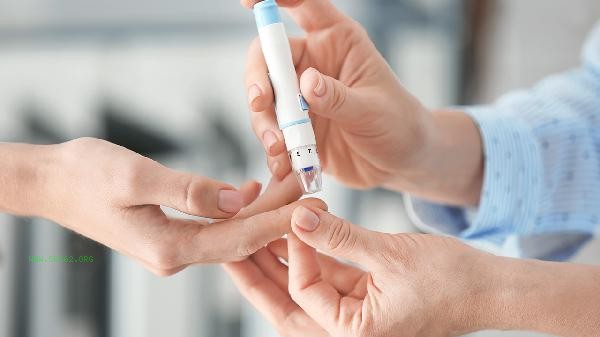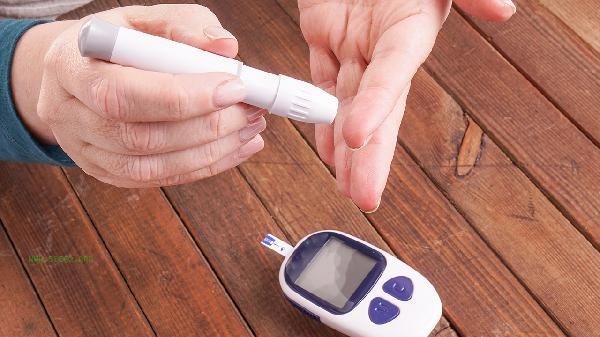Type 2 diabetes may return to normal after weight loss, especially early patients can achieve blood glucose reversal through weight loss and lifestyle intervention. The key factors include the extent of weight loss, degree of pancreatic function preservation, duration of illness, adjustment of dietary structure, and maintenance of exercise habits. Some patients' blood sugar levels can fully return to normal after weight loss. When the weight loss exceeds a certain proportion, the reduction of visceral fat can significantly improve insulin resistance, and some patients with remaining pancreatic function may break free from drug dependence. This condition is more common in young and middle-aged patients with a shorter course of illness, whose pancreatic beta cell function has not been severely impaired. After reducing metabolic pressure through low carbohydrate diet, aerobic exercise, and other methods, blood glucose indicators can remain stable for a long time. Clinical research shows that a high proportion of patients with weight loss surgery can achieve remission of diabetes, but it should be noted that this remission state needs continuous lifestyle management to maintain. Not all patients can reverse their condition through weight loss. Patients with a disease course of more than five years, severe decline in pancreatic function, or specific genetic defects, even if their weight significantly decreases, still need to cooperate with drug treatment. These patients usually have severe insulin secretion deficiency. Although weight loss can improve insulin sensitivity, it cannot completely repair the damaged beta cell function. Age factors and metabolic abnormalities such as fatty liver can also affect the probability of reversal. For this group of people, weight loss is still an important treatment method, but the goal should be adjusted to control complications rather than completely stopping medication.

It is recommended that patients develop personalized weight loss plans under the guidance of doctors and regularly monitor blood sugar and pancreatic function. During the weight loss process, it is necessary to ensure balanced nutrition and avoid extreme dieting that can lead to hypoglycemia or malnutrition. Combining resistance training with aerobic exercise, focus on reducing waist circumference rather than solely focusing on weight figures. Even if the complete reversal criteria are not met, each partial weight loss can significantly reduce the risk of cardiovascular disease. After the remission of diabetes, it is still necessary to carry out the glucose tolerance test every year to be alert for the recurrence of the disease.










Comments (0)
Leave a Comment
No comments yet
Be the first to share your thoughts!